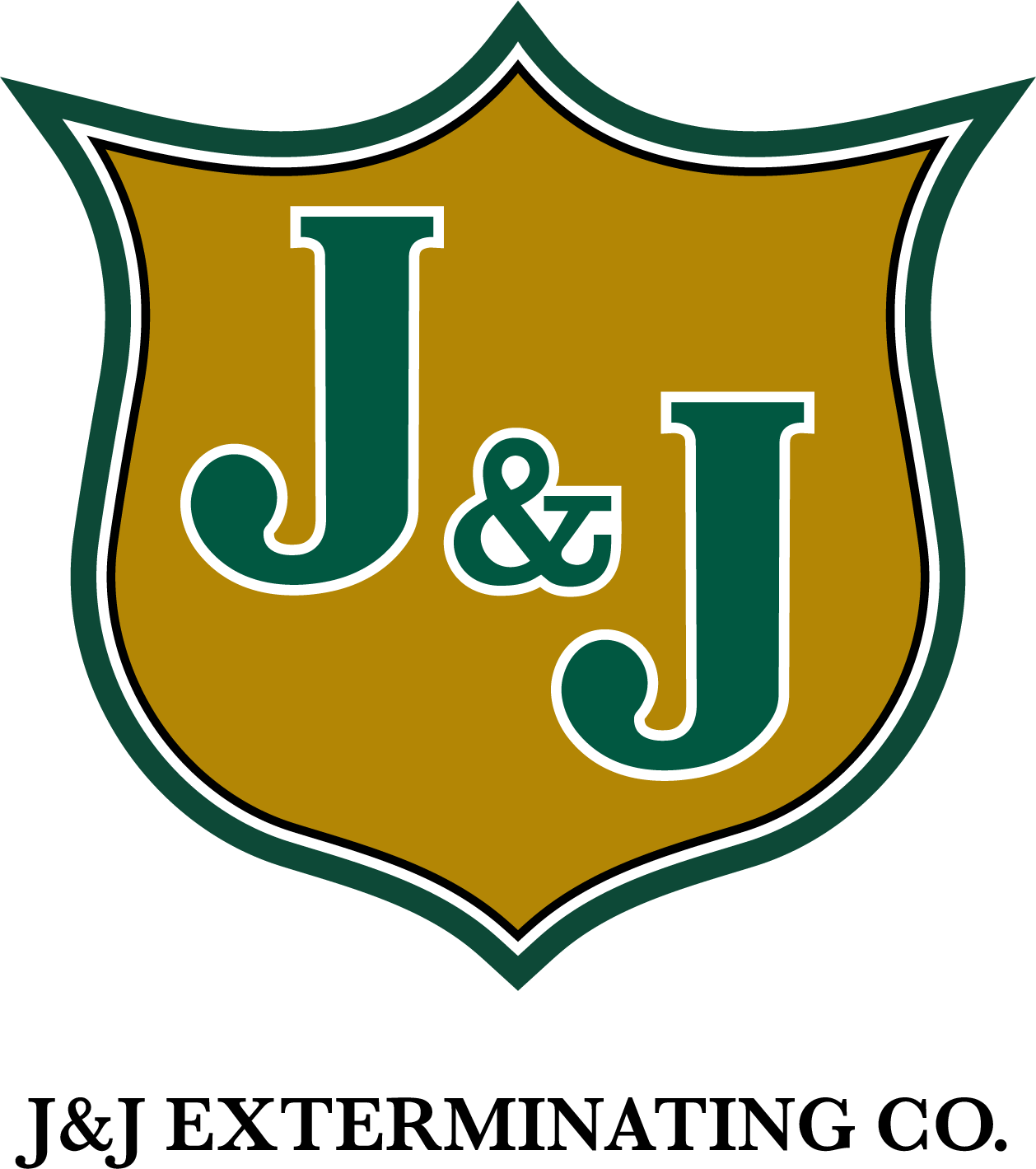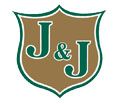Formosan subterranean termites were first documented in Louisiana back in the 1960s, but their habitat was limited to uninhabited rural regions until the 1980s saw Formosans emerge in New Orleans. By the time the mid 1990s rolled around, Formosan subterranean termites had established colonies beneath sod, behind plaster and sheetrock, and even below paved urban areas. Residents of the Big Easy were well acquainted with termites by this time, but the destructive power of the Formosan subterranean termite was unlike anything that they ever could have imagined.
For the past 30 to 40 years, residents of New Orleans have had no choice but to tolerate the Formosan presence, as even today, colonies cannot be fully eradicated; instead, pest controllers can only control the insects by preventing their further spread into new inhabited regions. Effective Formosan termite control measures have only recently been developed, so the termites had more than enough time to spread to every inhabited region of Louisiana and beyond. Considering all this, entomologists and pest control professionals believe that Formosan termites are endowed with unique abilities that allow them to evade human control measures.
According to Louisiana State University entomologist Gregg Henderson, Formosan subterranean termites have defeated nearly all pest control strategies devised to far. Luckily, the introduction of poison baits have proven effective at limiting Formosan subterranean termite colony growth and dispersal, but experts are still have a lot to learn about how these termites spread so rapidly from one area to another. One theory states that numerous Formosan subterranean termite colonies are interconnected over large areas of land like a “supercolony” that can collectively coordinate their movements into new areas.
Once humans abandoned their nomadic ways and established cities containing clusters of timber-framed structures, far more wood became available to Formosan termites. This allowed Formosan termite populations to reach unprecedented levels that would have been impossible in natural environments. The advent of cities also allowed Formosan termite nests to become significantly larger, and more interconnected. It is also true that Formosan swarmers (alates) are attracted to artificial lights, like street lights and porch lights, which also serves to increase their population size in urban and residential areas.
Have you ever lived on a property that contained one or several trees that had been infested with Formosan subterranean termites?
Tags: Termite Control, Termites




